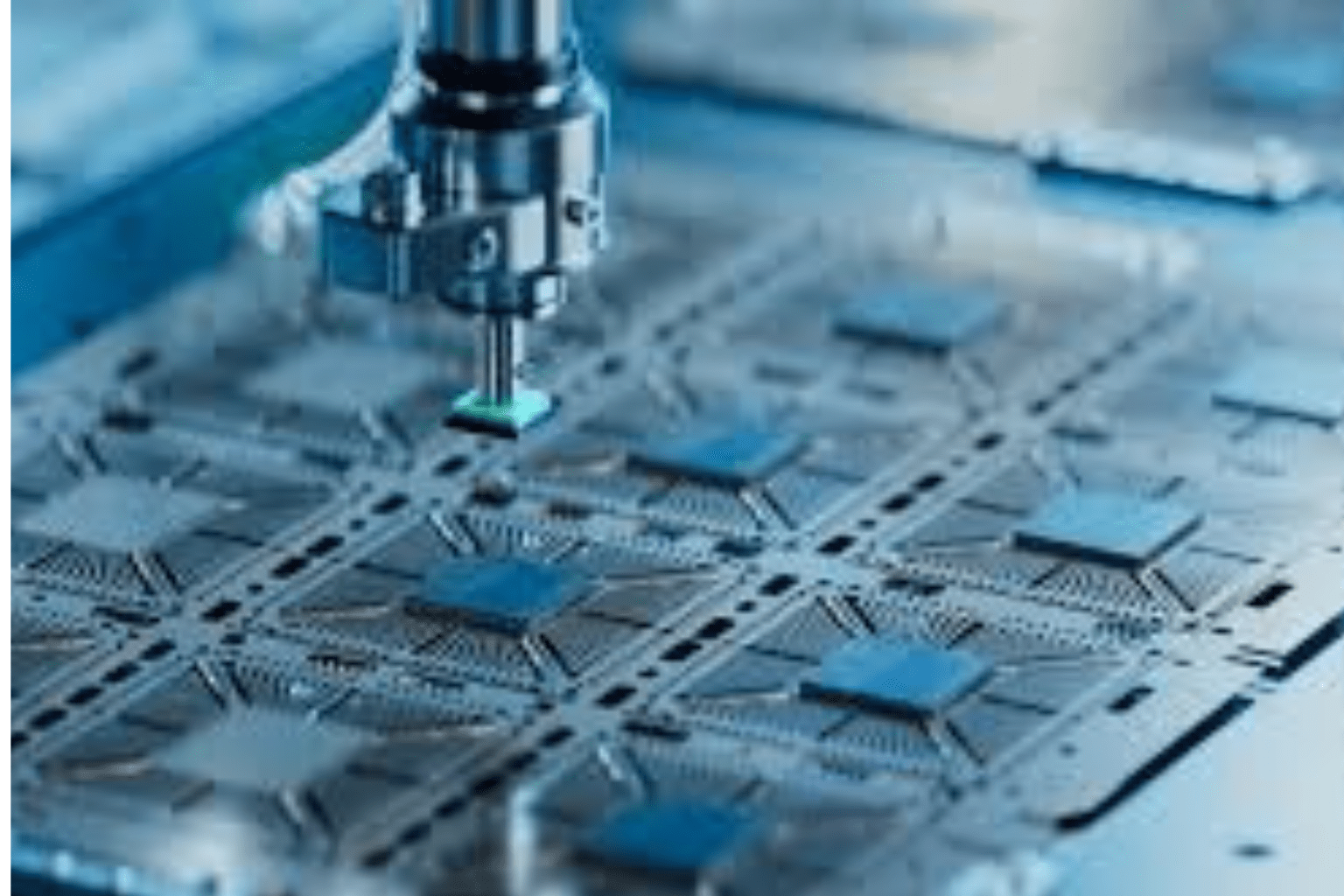The global race to restore semiconductor manufacturing is accelerating, but a critical shortage of skilled labor threatens to stall progress before the first wafers are processed. As the United States and European Union invest billions in new fabrication facilities, the talent pipeline needed to operate and maintain these advanced systems remains dangerously thin. Erik Hosler, a workforce and innovation strategist in semiconductor infrastructure, highlights how solving the talent gap is no longer optional; it’s a prerequisite for long-term resilience in domestic chip production.
While capital investments dominate headlines, the real bottleneck lies in people. Engineers, technicians and equipment specialists with the expertise to manage cleanroom environments and operate nanoscale tooling are in short supply. Bridging this gap requires more than hiring; it demands coordinated upskilling strategies that build a scalable, adaptable and future-ready workforce.
The Scope of the Semiconductor Talent Shortage
Semiconductor fabrication plants, or fabs, are among the most complex manufacturing environments in the world. Operating them requires a workforce fluent in materials science, mechanical systems, data analytics and precision instrumentation. From equipment maintenance and quality control to lithography alignment and process development, each role demands specialized knowledge and extensive hands-on training.
A single advanced fab may require thousands of employees to function efficiently, yet estimates suggest the United States alone could face a shortfall of more than 70,000 skilled semiconductor workers by 2030. The situation is equally challenging in the EU, where aging workforces and limited technical pipelines make talent development an urgent policy priority.
The problem is not just a lack of Ph. Ph. Ph.D.-level researchers; it spans the entire skills spectrum. Tool technicians, automation engineers, equipment installers and cleanroom specialists are all in demand, and few training programs exist to prepare workers for these highly specific roles.
Aligning Industry and Education Around Skills
Closing the talent gap starts with realigning educational systems to reflect industry needs. Historically, university programs have focused on theory-heavy semiconductor physics or electrical engineering without addressing the hands-on, equipment-driven skills that fabs require. Community colleges, technical schools and vocational institutes are now being tapped to fill that void. By partnering with chipmakers, these institutions are launching certification programs and associate degrees focused on semiconductor manufacturing, cleanroom protocols and maintenance engineering.
Chipmakers are also working directly with school systems to shape curricula, provide lab equipment and offer internship pathways. In Arizona, Texas and New York, three states leading the U.S. fab expansion, new programs are training thousands of students in semiconductor operations with support from Intel, TSMC and Micron. These partnerships ensure that graduates enter the workforce with skills that are immediately applicable on the fab floor, reducing onboarding time and increasing retention.
Building in-Fab Learning Ecosystems
Semiconductor fabs operate in fast-paced, precision-driven environments where tools, processes and standards evolve constantly. To keep up, training must be immersive, iterative and embedded directly into the workplace. Leading manufacturers are responding by creating in-fab learning ecosystems—dedicated training centers situated within production facilities that allow employees to build skills in real-time.
These on-site labs give workers hands-on experience with decommissioned tools, simulations and mock production scenarios in controlled settings. Rather than relying solely on classroom theory, employees can troubleshoot real equipment, practice repair protocols and develop the situational awareness needed in cleanroom conditions. This approach accelerates learning, builds confidence and reduces errors once workers move into live production roles.
To support continuous learning beyond formal sessions, companies are also deploying modular microlearning platforms. These digital tools deliver short, targeted lessons that can be accessed between shifts or during equipment downtime. Workers can review specific procedures, refresh knowledge or keep up with evolving standards, all without leaving the fab floor.
This integration of digital and hands-on learning reflects a broader industry shift. Erik Hosler explains, “Modern society is built on CMOS technology, but as we push the boundaries of what these devices can do, we must innovate within the CMOS framework to continue driving performance, efficiency and integration.” Upskilling becomes part of the innovation process itself. As semiconductor technologies evolve, so must the workforce, and that evolution must be supported by training systems that are as agile, intelligent, and scalable as the tools they aim to support.
Leveraging Digital Tools to Scale Training
To meet the demand for speed and scale, chipmakers are embracing digital learning platforms, AR-based instruction and cloud-based certifications. These tools allow consistent training across multiple facilities and geographies, ensuring uniform standards and faster onboarding. Augmented reality headsets, for example, can walk workers through equipment setup, calibration and maintenance tasks with visual overlays that improve accuracy and confidence.
Cloud platforms allow trainers to update course content in real-time, sharing new procedures and safety protocols as they emerge. Data from these systems also informs workforce planning. Managers can track progress, identify gaps and personalize training pathways for employees at different skill levels. These tools do not replace hands-on training but complement it, making the upskilling process more efficient, standardized and scalable across the global supply chain.
Incentivizing Workforce Investment Through Policy
Governments are recognizing that workforce development is as vital to semiconductor sovereignty as capital investment. In the United States, funding under the CHIPS Act includes provisions for education partnerships, workforce grants and training infrastructure. Applicants for federal support must outline how they plan to recruit, train and retain workers with a focus on underserved communities and long-term labor resilience. Similar requirements are emerging in the EU, where workforce development is tied to strategic funding for semiconductor hubs.
Public-private partnerships are also funding training consortia where multiple fabs, equipment vendors and universities collaborate on shared curricula and facilities. These alliances spread the cost of training while ensuring that programs reflect real industry needs. The result is a more coordinated long-term strategy that aligns educational incentives with manufacturing growth and national economic priorities.
Promoting Diversity and Inclusion in Semiconductor Hiring
A resilient workforce is also a diverse one. Efforts are underway to attract more women, minorities and first-generation students into semiconductor careers, starting at the high school level. Outreach programs, mentorship initiatives and flexible career pathways are helping to broaden access and build a talent base that reflects society at large.
Language-accessible training, family-friendly shifts and support for nontraditional learners are also being introduced to retain workers who might otherwise face barriers to participation. This emphasis on inclusion does more than fill seats; it strengthens team performance, innovation and problem-solving in an industry where complexity and collaboration go hand in hand.
Building Workforce Strength from Within
The semiconductor industry’s growth will be shaped not only by the number of fabs built but also by the number of people trained to run them. Workforce resilience is the linchpin connecting policy ambition with real-world capacity. By investing in upskilling, education partnerships and inclusive career pathways, manufacturers are building strength from within.
These strategies ensure that domestic fabs can meet production targets, innovate at pace and remain agile in the face of disruption. The race for semiconductor leadership is no longer just about chips; it’s about people. The countries that lead to talent development will lead in technology, security and economic resilience for decades to come.




